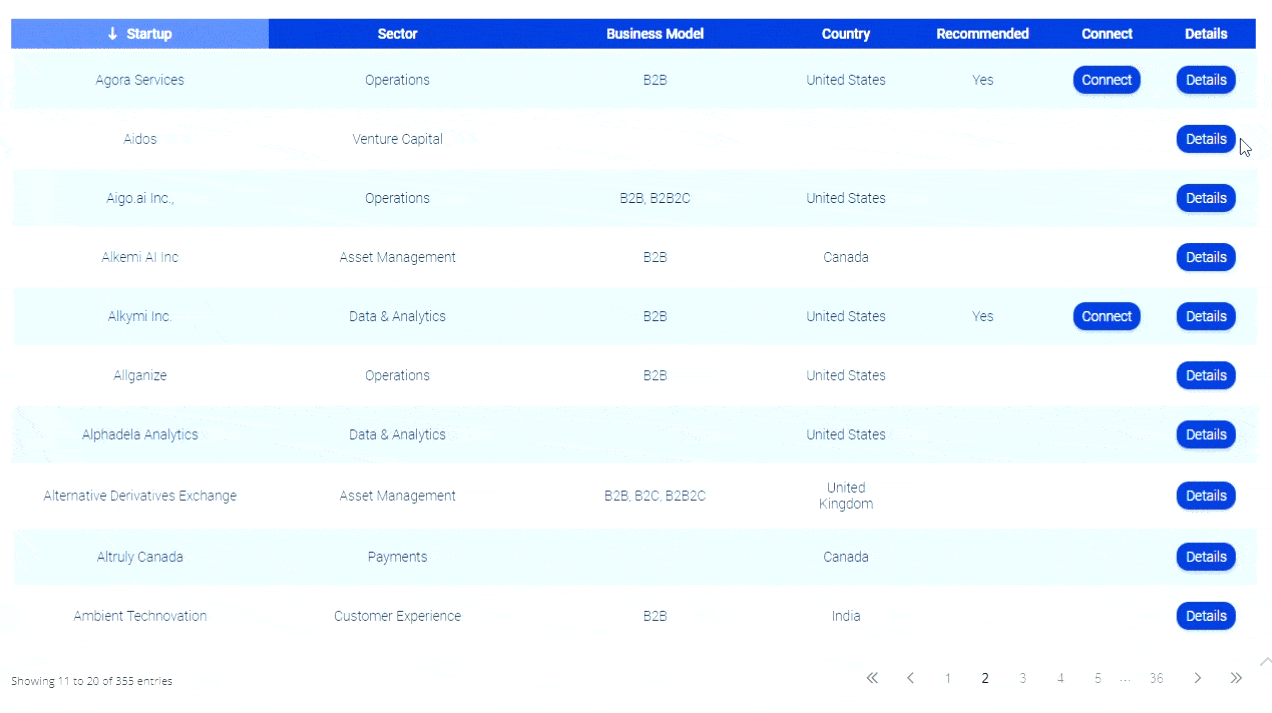Blowing Up the Useless Senior Management Meeting
 To all banking executives across the land, I have a news flash: your recurring senior management meeting is primarily a waste of time and completely out of touch with the painful strategic challenges you face as leaders.
To all banking executives across the land, I have a news flash: your recurring senior management meeting is primarily a waste of time and completely out of touch with the painful strategic challenges you face as leaders.
When an organization throws 10 people together with multi-six figure salaries, the airspace better count and add value to the business. This meeting is costing roughly $1,500 an hour!
But here’s the rub. Literally 95% of banks have pegged their strategic future on a differentiated “customer experience,” yet senior leadership spends a paltry amount of time actually digging into what’s going on with their customers.
What’s Wrong With Leadership?
Today’s weekly or bi-weekly ritual with the bigwigs is often wasteful because of where the agenda and tone of the meeting are focused. Here are a few of the major bugs in the current process:
- Senior leadership meetings focus on budgets and historical results versus what will drive the future business. How many times does a group of high-priced people need to repeat the observation that “asset quality is strong but margin stinks and we will probably have to consider expense cuts”? It’s only been a week since the last discussion; we get it.
- Senior leadership meetings love to salute the gods of audit and compliance. It’s natural that leadership has to address the ridiculous load of regulation in our industry. Unfortunately, this focus can become a crutch for the organization, and the tone can get overly defeatist. The audit and compliance section of the agenda should be quick, decision-focused and transparent regarding the identification of enterprise risk issues.
- Senior leadership meetings have an uncanny way of devolving into stupid stuff. The carpet in the main branch, the holiday party, the ongoing conflict between June in Loan Servicing and Frank in Credit. Our team at Cornerstone is amazed by the minutia being discussed at the rate of $1,500 per hour in bank executive suites.
- Senior leadership can be soooo artificially polite to each other. Civil candor and fact-based debate should fill the room in meaningful leadership meetings, but too often bitter rivals give sterile and barf-inducing statements of support to each other and save the real discussions for side-door gossip and attack emails later. Question to CEOs: are you letting executives attend your meeting that do not add substantially to the deliberations or executives that hold back candor for back-stabbing talks later? If so, uninvite them.
- Senior leadership wastes literally a whole week getting ready for the board meeting. Enough said.
How to Blow it Up?

The purpose of blowing up the leadership meeting is simply to get grittier and more involved in the bank’s customer experience. Today, bank executives are many levels of abstraction away from what is actually happening with customers, and it’s slowing down progress on how to really compete with a service-focused strategy. In a recent Gonzo column, my partner Terence Roche masterfully revealed just how messed up the service experience is across delivery channels today, and he used the late Steve Jobs of Apple and Jeff Bezos of Amazon as two iconic leaders who love to get their fingernails dirty with everything that touches the customer. These customer-focused companies can provide bankers with insights into how to drive this type of culture in meetings at the top of the house. Based upon research conducted regarding leading customer-experience-focused companies, let’s review what a Gonzo customer-experience-focused leadership meeting could look like:
9:00 AM – The senior management meeting starts with a review of the bank’s Balanced Scorecard objectives for the prior month. The financial update is brief, as materials have been read by the senior team in advance, and time is allotted specifically for Q&A to the CFO.
9:10 AM – There is a review of the bank’s Enterprise Risk Dashboard and similar Q&A to the chief risk officer’s advance report that includes a Compliance Table of all upcoming projects and deadlines requiring new regulatory compliance. An important issue regarding Suspicious Activity Report (SAR) training is discussed and a decision made concerning resource allocations. The CEO enforces a “no whining” role when it comes to talking about regulation.


10:00 AM – The team reviews the Customer Experience Process Dashboard. This report summarizes each key customer touch point (e.g. new branch account, online loan application, inbound call center loan servicing request) and indicates in Red, Yellow, Green whether the process meets the bank’s established criteria for service excellence. There is a bright red in the “Refinance Existing Mortgage” section, and the head of Mortgage Banking reviews the status of a project done in partnership with the bank’s internal Six Sigma resource to implement a new and better automated process. The CIO commits to assist in final negotiations regarding a functional shortfall in the integration between the bank’s origination and servicing systems. The head of Mortgage commits to demo the new process within three weeks.

The Commercial executive creates some humor when he admits that his officers truly were submitting “garbage” information to the back office for loan booking and that he had already held a summit with his lenders regarding new accountabilities to address this situation. He also requested that a Process Improvement Consultant be hired to assist Loan Operations in completing its document imaging upgrade. The CEO congratulates the Commercial executive for his time spent in the tranches.

During the demo, several executives note a screen that had “compliance crap” that should be simplified, and the head of E-Channels commits to make this change. A bit of fun ensues as executives start to send each other money to practice using P2P.
10:45 AM – The Human Resources executive provides an update on the bank’s ambitious Product and Channel Expert training initiative. This program requires all employees to receive systematic training and testing regarding the bank’s offerings. The HR executive has the management goal of making financial “Genius Bar” gurus out of the entire employee base, including auditors, credit analysts and facilities managers.

So GonzoBankers, how does your senior leadership meeting compare to the customer-focused, Jobs/Bezos-inspired meeting envisioned in this article? Is your management team getting gritty with the moments of truth about your customers, or are you embroiled in a polite and meaningless discussion of legacy banker issues? It’s important to remember that the first step in getting ready to compete in the customer experience arena across a multitude of new delivery channels is to change the way we lead the business. So, GonzoBankers, blow up the meeting, and blow it up fast.
After the Big Ka-Boom
Once the plunger is pushed on the old-style planning meeting, you may welcome a little direction with your Reconstruction Strategy. The experienced and industry savvy facilitators at Cornerstone Advisors have helped countless banks and credit unions get – and stay – fired up about their institutions’ strategic plans and future direction.
With a Cornerstone Advisors facilitated planning meeting, you’ll get:
- Positioning – a clear understanding and consensus of the institution’s position now and in the future – including the qualities that will make the organization unique in the marketplace;
- Strategic Discussion – productive discussions on new strategies and best practices the institution should implement;
- Future Direction – a clear strategic vision and action plan for the future;
- Team Cohesion – strong interaction among senior management to help solidify team unity; and
- Plan Maturation – leveraging Cornerstone’s strategic planning methodology and tools, you will see the institution continue to mature its strategic planning discipline in the future.
Contact Cornerstone Advisors today to talk about revitalizing your tired (or demolished!) strategic planning meeting.









